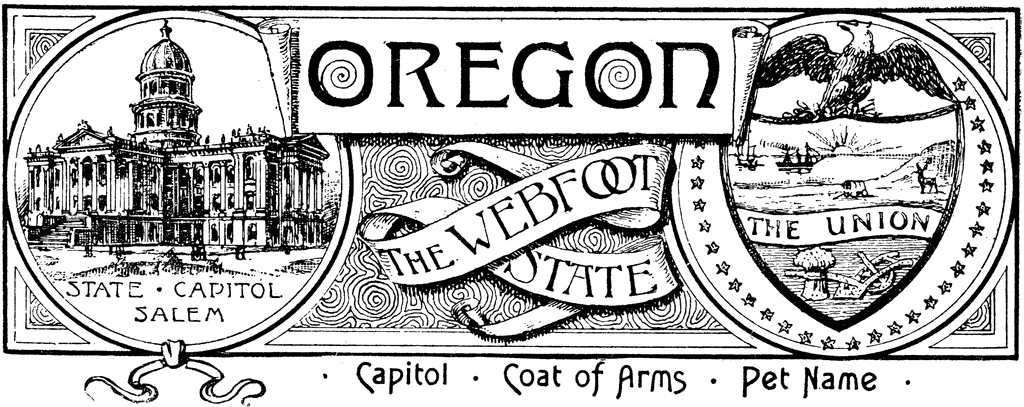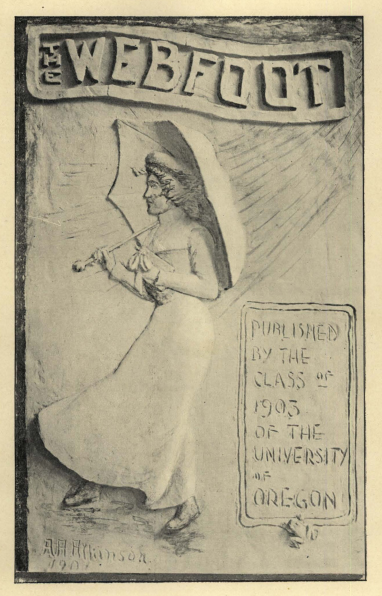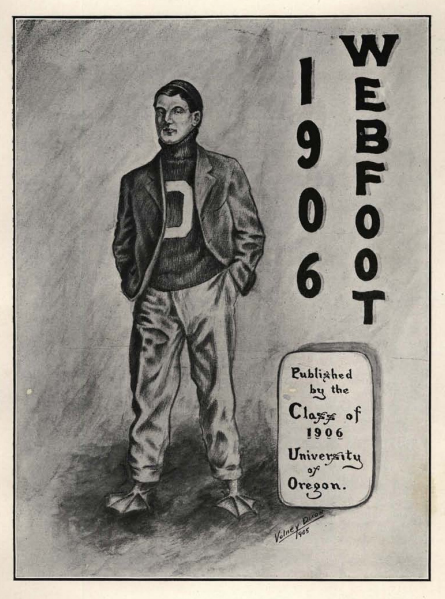“Much of the credit for the 17,000 Japanese planes shot out of the air or destroyed aground in the war can be given to realistic training afforded pilots, aircrewmen and [anti-aircraft] gunners firing at aerial targets – tow sleeves, banners and drones.”
“Intensive work to develop an aerial target that would approximate more closely firing on an aircraft in flight began at Naval Aircraft Factory in 1923.” (Naval Aviation News, Nov 1945)
“Drones were developed [in the 1920s]. First experiments with radio-control were in 1922 and the first successful take-off and flight was made with a VE-7 plane in 1924. … During the war smaller drones were used”.
The standard drone is … “a low wing Culver monoplane with 30-foot wingspan. It is a standard small plane adapted as a flying target and can fly three hours and another hour if provided with auxiliary fuel tank.” (Naval Aviation News, Nov 1945) The airframe was made with molded plywood. (Allnut, Military Aviation Museum)
Wheeler Army Airfield had the 17th Tow Target Squadron that, as the name suggests, towed targets behind aircraft for aerial anti-aircraft gunnery training.
“The unit’s other responsibility involved training antiaircraft gunners on the ground, and for this they were also equipped with radio-controlled PQ-8 Red Foxes and later, with PQ-14 Cadets, along with specially modified Cessna UC-78 Bobcats which served as motherships to guide the PQ aircraft on their missions.”
“The PQ-14 and its slightly older and smaller sibling, the Culver PQ-8 Red Fox, played key roles in preparing the nation’s anti-aircraft gunnery crews (on both land and at sea) for the situations they might encounter in combat.”
“These diminutive, radio-controlled aircraft presented realistic, live targets for our trainee gunners to test their skills against. The men got to practice every aspect of how best to track, lead and shoot down incoming enemy aircraft.”
“Short of experiencing actual combat, this opportunity presented them with the most effective way of gaining such vital skills in their efforts to help win World War Two.” (Allnut, Military Aviation Museum)
“The PQ-8 and PQ-14 were flown remotely using the same principles which present day RC [Remote Control] hobbyists fly their model aircraft.”
“Each of the drone’s control surfaces (rudder, elevator, ailerons and trim tabs) was connected to its own servo motor, which input precise position adjustments responding to commands it received from the remote pilot (via the aircraft’s radio control receiver).”
“Similar servo motors were connected to the engine’s throttle, mixture and carburetor heat levers. The PQ-14 also had a relay for operating the retractable undercarriage as well, a feature which the fixed-gear PQ-8 obviously didn’t need.”
“Neither aircraft type had flaps, to reduce their complexity and weight, although it did mean that landing speeds were comparatively high (90-mph for PQ-14) relative to other aircraft of their size.”
“During a typical drone mission, a pilot on the ground would perform the takeoff, sitting atop a chair with a ‘Metal Stick’ controller in front of them to remotely operate the PQ’s controls.” (Allnut, Military Aviation Museum)
“Formally known as ‘Metal Stick Operators’, these pilots were colloquially referred to as ‘Beeper Pilots’ due to the sounds and flashing lights emanating from their control consoles.” These sounds and lights were confirmation that the system was in proper communication with the PQ drone.
Typically, the ground-bound Beeper Pilots were only involved in the PQ’s takeoff sequence, another Beeper Pilot aboard a mothership would then take over the drone’s flying controls.”
“Once the PQ was in the air, a separate remote operator, flying nearby in a mothership with their own ‘Metal Stick’ controller, would assume command of the aircraft and take it through its mission and, should it survive, back to base for a landing.”
“Those qualified to fly a PQ from its cockpit often had to take their turn serving as a safety pilot while other trainee Beepers tested their mettle from the mothership.”
“A ‘Beeper’s’ ultimate goal involved learning how to land the PQ remotely from the air without a safety pilot aboard the drone, a feat referred to colloquially in some quarters by the term ‘nullo.’ With a nullo under their belt, and a little more practice, trainee Beepers would soon become qualified to fly actual gunnery missions with the PQ.” (Allnut, Military Aviation Museum)
“These pilots could control the plane as effectively as if they were sitting in the cockpit and could perform a satisfactory imitation of even the hottest enemy fighter planes during target training for gunners and pilots.” (Experimental Aircraft Assn)
WASPs (Women Airforce Service Pilots) were involved in the drone operations, as noted in a letter from Betty Jane Deuser, who spent several months learning how to fly the PQ-8, both from the cockpit and remotely. She was based at Liberty Field in Hinesville, Georgia.
“‘The radio control operations is secret, but seeing as how they publicize the torpedo angle, it’s OK to say a little about it I guess. There’s a unit in the PQ [Culver PQ-14 Cadet airplane] which works by radio signals. We’re practicing flying the PQ with this unit now, and will go on to flying the PQ from the C-78, using the same method.’”
“‘To begin with, the PQ has a safety pilot in it; in case the ‘beeper’ gets the ship doing maneuvers that aren’t cricket. Then the safety pilot takes over and flies the PQ.’”
“‘But that’s just for practice. When we get good enuf at landing the PQ without busting it up, then we can do PQ missions – flying the PQ from the C-78 up over the anti aircraft artillery range, where they try to shoot it down. It’s better practice for the AA [Anti-Aircraft] to use real planes instead of just target sleeves…’” (Betty Jane Deuser, October 19, 1943 in letter home)


































